While several environmental groups and corporate executives (i.e., Elon Musk) would love to see the global fleet transformed into battery electric vehicles fueled by solar, wind, hydro, and other renewables, other fuels and technologies are taking the lead for now. They seem to be the most pragmatic moves for now with governments mandating climate change transformation — and other market forces such as capital investors gaining more interest — opening up to four pathways gaining real traction this year.
- Carbon capture: Capture, removal, and sequestration (storage) of carbon dioxide from power-plant combustion and other industry power sources gives end users (like large corporations) a faster and more cost-effective practice for hitting government regulations and company sustainability campaigns. It’s an effective method for extracting carbon and permanently storing it. One r&d project capturing attention and support is coming from scientists supplied by ExxonMobil, University of California, Berkeley, and Lawrence Berkeley National Laboratory. The team has discovered a new material that could capture more than 90 percent of carbon dioxide emissions from industrial sources. It needs less energy to capture, remove, and sequester, which can bring down the cost quite a bit. It also opens the door for the technology to eventually support commercial applications.
- Natural gas still here: Natural gas is not going away anytime soon though renewable natural gas has a good chance of taking over some day. How long? An executive from engineering firm Black & Veatch believes that natural gas will play a key role approaching a set of strategies over the next 30 years or more before net-zero mandates start being fulfilled. Utility operators and gas companies could be key stakeholders if this were to take shape. Advanced gas turbine generator plants hold the greatest promise, once able to increase capacity and achieve efficiency scaling up to their full-load capacity.
- Nuclear could survive and thrive: Nuclear power has high hopes of coming back as a serious competitor in the utility sector through nuclear fusion, but it’s been requiring massive investments and several more years of development before it wins regulatory approval. One symbolic news development was hearing about the Democratic Party’s election year policy paper opening up to nuclear power — especially nuclear fusion — for the first time in nearly half a century. Presidential nominee Joe Biden is also backing nuclear fusion as another tactic for fighting climate change. Dense plasma focus (DPF) could open the door to fusion being adopted much faster and for being economically feasible. Middlesex, NJ-based Lawrenceville Plasma Physics, Inc., known as LPPFusion, may soon be leading the way in transitioning over to nuclear fusion through DPF. It could beat the massive Torus Experimental Reactor project under construction in Southern France.
- Green hydrogen: Support for hydrogen has been taking a wider base recently with concern over the cost of extracting hydrogen — and where it comes from — improving substantially. Most of it had been coming from natural gas, but that’s starting to change. For natural gas, much of the hydrogen has come from steam methane reforming (SMR), which causes the methane found in natural gas to react with steam, which then produces hydrogen and carbon monoxide. Green hydrogen is gaining support as it can almost completely eliminate emissions by using renewable energy for powering electrolysis of water that’s needed in producing hydrogen. However, the pace of development of green hydrogen is not fast enough to meet global energy demand despite developers announcing 50 projects in the last year, according to a new study. The Institute for Energy Economics and Financial Analysis (IEEFA) analyzed these projects and found the supply of global green hydrogen is likely to be three million tons a year; but global demand is forecast to reach 8.7 million tons annually by 2030, creating an “incredible supply shortfall.”
And in other news:
Musk tweets about extended-range battery: Tesla CEO Elon Musk said that much better batteries are on the horizon during a tweet post on Monday. “400 Wh/kg with high cycle life, produced in volume (not just a lab) is not far. Probably 3 to 4 years,” Musk tweeted in response to a Twitter thread by Sam Korus, an analyst at ARK Investment Management LLC, about why Musk keeps dropping hints about airplanes. That would make for mass production of electric vehicles with 50 percent more energy density coming out in three to four years. This is expected to be clarified at the company’s upcoming “Battery Day” event where it is expected to reveal how it has improved its battery performance.
California employees law on hold: A California appeals court ruling on Thursday avoided a shutdown of Uber and Lyft in the state, allowing drivers to remain independent contractors while the court continues reviewing the issue of driver status and whether AB 5 makes them employees. It means that voters may decide whether it will be IC vs. employees while voting on the November ballot measure.
Smog takes the lead: Air pollution is the world’s leading environmental risk factor, and causes more than nine million deaths per year, according to a new study. Published in the the Journal of Clinical Investigation, the new research study shows air pollution may play a role in the development of cardiometabolic diseases, such as diabetes. The study concludes that the devastating effects were reversible with cessation of exposure.
ACT Expo launches virtual seminars: Advanced Clean Transportation Expo recently launched a four-month speaker series, called ACT Virtual, to dig into environmental sustainability in trucking and other fleet applications. “Whether we’re going to end up with fuel cells or whether we’re going to end with hybrid technology or pure battery electric vehicles, we’re investing in companies and technology that can be supported within that,” said Ryan Laskey, senior vice president of the commercial vehicle group at Dana Inc., during the first panel last week.


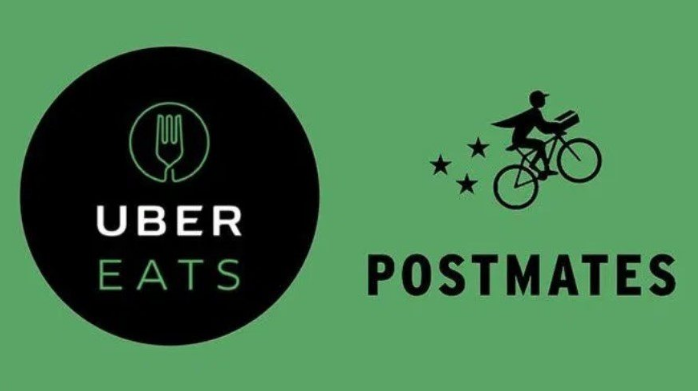 Big news took place this week for those following mobility, on Monday, when ride-hailing giant Uber announced that it had acquired major food delivery company Postmates in a $2.65 billion, all-stock deal. Food delivery is doing well these days, while ridesharing and ride-hailing is facing a tough time during COVID-19. Uber and Lyft went public last year, with two other delivery companies preparing to going public soon, DoorDash and Instacart. Being acquired can be an even better bet for founders and early investors in firms like Postmates.
Big news took place this week for those following mobility, on Monday, when ride-hailing giant Uber announced that it had acquired major food delivery company Postmates in a $2.65 billion, all-stock deal. Food delivery is doing well these days, while ridesharing and ride-hailing is facing a tough time during COVID-19. Uber and Lyft went public last year, with two other delivery companies preparing to going public soon, DoorDash and Instacart. Being acquired can be an even better bet for founders and early investors in firms like Postmates.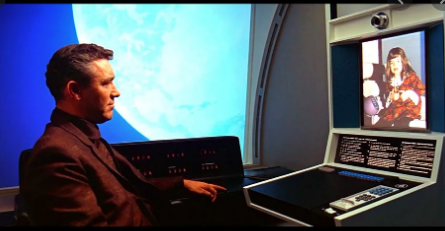 couple of years ago, and thought, wow that will be wonderful when we someday can do something like that with such a crystal clear image and strong, consistent transmission. We could use Skype or FaceTime then, but there were a lot of glitches and inconsistencies.
couple of years ago, and thought, wow that will be wonderful when we someday can do something like that with such a crystal clear image and strong, consistent transmission. We could use Skype or FaceTime then, but there were a lot of glitches and inconsistencies.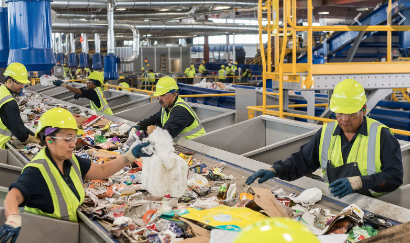 thinner containers, and more paint cans. Some of the paint cans were still partially filled, and most were empty. Either way was fine to drop off, I was told the day before when I called the EDCO Disposal center in Signal Hill, Calif., for more information.
thinner containers, and more paint cans. Some of the paint cans were still partially filled, and most were empty. Either way was fine to drop off, I was told the day before when I called the EDCO Disposal center in Signal Hill, Calif., for more information. report
report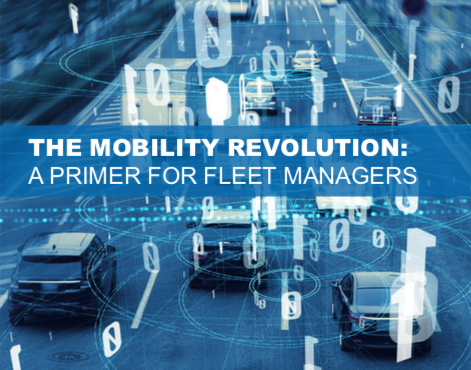 the near-term future of vehicles and transportation — connected, electric, shared, and autonomous vehicles. Written by Lukas Neckermann, a former auto executive and consultant on mobility services, and Green Auto Market editor Jon LeSage, the study explores the issues poised to transform transportation in the next decade. It was sponsored by NAFA Foundation as a tool for fleet professionals to prepare for the near future.
the near-term future of vehicles and transportation — connected, electric, shared, and autonomous vehicles. Written by Lukas Neckermann, a former auto executive and consultant on mobility services, and Green Auto Market editor Jon LeSage, the study explores the issues poised to transform transportation in the next decade. It was sponsored by NAFA Foundation as a tool for fleet professionals to prepare for the near future.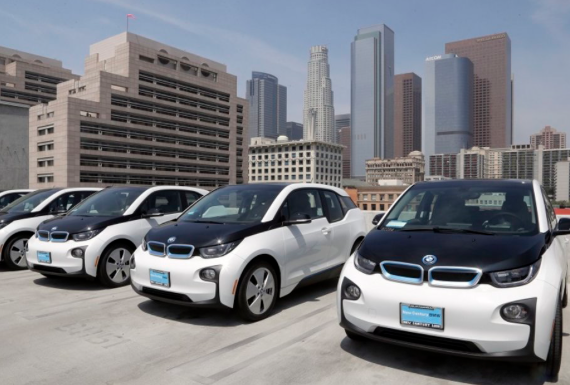 states, regions and businesses took on commitments. Those include 12 states and regions joining The Climate Group’s zero-emission vehicle challenge, such as California and Washington state, Quebec, Scotland, and Australia’s Capital Territory; and 12 cities joining C40’s fossil fuel-free streets declaration, including Seoul, Tokyo, Honolulu, Santa Monica, and West Hollywood, Calif. Los Angeles Mayor Eric Garcetti said that 19 cities and two counties in the U.S. have formally launched the Climate Mayors Electric Vehicle Purchasing Collaborative. EVBox, which now has about 60,000 charging stations installed globally, expects to have 1 million EV chargers installed by 2025. ChargePoint announced a target of 2.5 million public chargers by 2025, mostly in North America and Europe. That will shoot up from about 53,000 public charging sites the company currently operates.
states, regions and businesses took on commitments. Those include 12 states and regions joining The Climate Group’s zero-emission vehicle challenge, such as California and Washington state, Quebec, Scotland, and Australia’s Capital Territory; and 12 cities joining C40’s fossil fuel-free streets declaration, including Seoul, Tokyo, Honolulu, Santa Monica, and West Hollywood, Calif. Los Angeles Mayor Eric Garcetti said that 19 cities and two counties in the U.S. have formally launched the Climate Mayors Electric Vehicle Purchasing Collaborative. EVBox, which now has about 60,000 charging stations installed globally, expects to have 1 million EV chargers installed by 2025. ChargePoint announced a target of 2.5 million public chargers by 2025, mostly in North America and Europe. That will shoot up from about 53,000 public charging sites the company currently operates.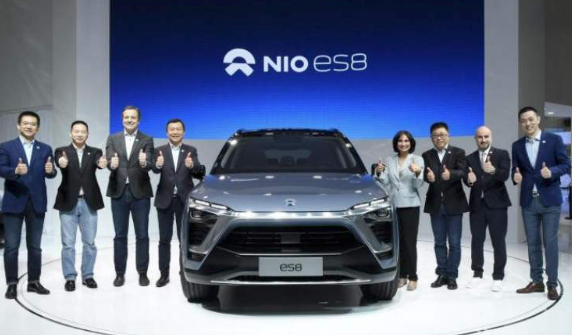 this week and market valuation at $6.42 billion; but that’s well below the $20 billion company executives had been initially hoping for. Shanghai-based Nio is targeting the premium electric-SUV segment, calling itself Tesla-competitive in its home market of China. Nio launched its first electric SUV in December, the seven-seat Nio ES8, which is priced at about half the cost of a Tesla Model X sport utility in China. Formerly known as NextEV, Nio says it will be bringing an autonomous EV to the U.S. by 2020. The ES6, an electric five-passenger SUV, is in development. Nio backers include Chinese internet giants Baidu and Tencent, as well as Chinese smartphone maker Xiaomi. Tencent also owns a small stake in Tesla stock.
this week and market valuation at $6.42 billion; but that’s well below the $20 billion company executives had been initially hoping for. Shanghai-based Nio is targeting the premium electric-SUV segment, calling itself Tesla-competitive in its home market of China. Nio launched its first electric SUV in December, the seven-seat Nio ES8, which is priced at about half the cost of a Tesla Model X sport utility in China. Formerly known as NextEV, Nio says it will be bringing an autonomous EV to the U.S. by 2020. The ES6, an electric five-passenger SUV, is in development. Nio backers include Chinese internet giants Baidu and Tencent, as well as Chinese smartphone maker Xiaomi. Tencent also owns a small stake in Tesla stock.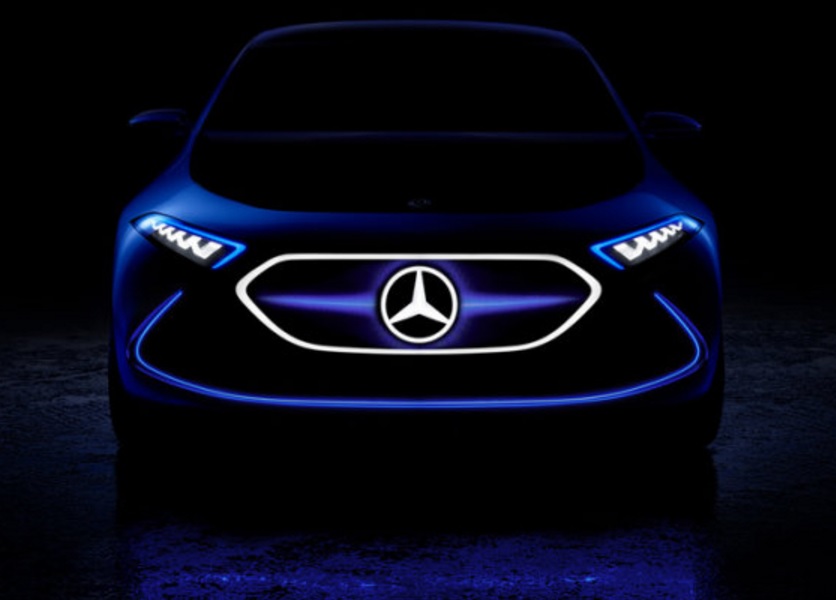 vehicles. Mercedes-Benz unveiled the Mercedes EQC all-electric SUV on Tuesday, and it will be Daimler’s first production model under the company’s electric EQ sub-brand. BMW next week will be flying the autonomous iNEXT electric crossover in a Boeing 777 Freighter to press events in Munich, New York, San Francisco, and Beijing. On Monday, Volkswagen’s Audi began mass production of the Audi e-tron, the brand’s first all-electric SUV with longer range. Audi will unveil the battery electric SUV at a world premiere in San Francisco on Sept. 17. It’s a good time to roll out these high-performance, premier EVs as Tesla and its leader, Elon Musk, face a series of challenges. Production problems for the high-volume Model 3 continue, as do controversial moments with Musk — made more so last night during a podcast (see below). Editor’s note:
vehicles. Mercedes-Benz unveiled the Mercedes EQC all-electric SUV on Tuesday, and it will be Daimler’s first production model under the company’s electric EQ sub-brand. BMW next week will be flying the autonomous iNEXT electric crossover in a Boeing 777 Freighter to press events in Munich, New York, San Francisco, and Beijing. On Monday, Volkswagen’s Audi began mass production of the Audi e-tron, the brand’s first all-electric SUV with longer range. Audi will unveil the battery electric SUV at a world premiere in San Francisco on Sept. 17. It’s a good time to roll out these high-performance, premier EVs as Tesla and its leader, Elon Musk, face a series of challenges. Production problems for the high-volume Model 3 continue, as do controversial moments with Musk — made more so last night during a podcast (see below). Editor’s note:  standards. The Trump administration had set off protests and lawsuit filings with its Safer and Affordable Fuel Efficient Vehicles rule that would freeze the mpg and emissions rules at 2020 levels through 2026. It would also take away California’s power to set state emissions rules — which is being followed by a dozen other states and the District of Columbia. Officials said they agreed to hold future meetings to work out the national fuel economy and greenhouse gas emission standards. California Air Resources Board chair Mary Nichols last month told Reuters that she sees a “window” to making a deal this fall.
standards. The Trump administration had set off protests and lawsuit filings with its Safer and Affordable Fuel Efficient Vehicles rule that would freeze the mpg and emissions rules at 2020 levels through 2026. It would also take away California’s power to set state emissions rules — which is being followed by a dozen other states and the District of Columbia. Officials said they agreed to hold future meetings to work out the national fuel economy and greenhouse gas emission standards. California Air Resources Board chair Mary Nichols last month told Reuters that she sees a “window” to making a deal this fall. 2018, at the Santa Monica Civic Auditorium. This year’s conference will focus on California’s trailblazing commitment to alternative technology transportation, infrastructure and energy. “AltCar has become the most nationally respected event for industry, municipalities and general public that showcases the latest products, news and information for alternative technology vehicles and infrastructure,”says California State Senator Fran Pavley.
2018, at the Santa Monica Civic Auditorium. This year’s conference will focus on California’s trailblazing commitment to alternative technology transportation, infrastructure and energy. “AltCar has become the most nationally respected event for industry, municipalities and general public that showcases the latest products, news and information for alternative technology vehicles and infrastructure,”says California State Senator Fran Pavley.